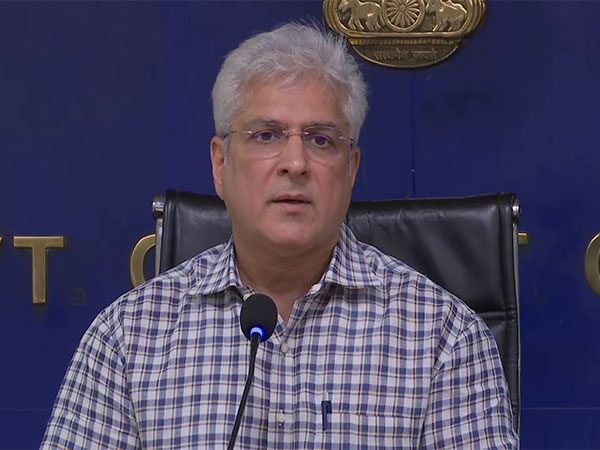Delhi Home Minister Kailash Gahlot's In-Depth Visit to Tihar Jail for Reformative Measures
Delhi Home Minister Kailash Gahlot's visit to Tihar Jail emphasized government dedication to prison reforms, inmate welfare, and staff development. Key initiatives include enhancing living conditions, vocational training, healthcare services, and promoting sustainable practices. The visit underscores the commitment to transforming Delhi Prisons into rehabilitative environments.

- Country:
- India
In a bid to reinforce the government's commitment to prison reforms, Delhi Home Minister Kailash Gahlot conducted a comprehensive visit to Tihar Jail on Saturday. The visit underscored the administration's dedication to improving inmate living conditions and staff welfare, according to a release from the Home Department of the Government of NCT of Delhi.
Accompanied by key officials including Home Secretary Chanchal Yadav and Director General of Prisons Satish Golcha, Gahlot inspected facilities at Asia's largest prison complex. 'Our visit is part of ongoing efforts to reform prison conditions,' he stated, emphasizing the Delhi Government's commitment to providing necessary resources for inmate rehabilitation under Chief Minister Arvind Kejriwal's leadership.
During his tour, Gahlot addressed various initiatives including skill development, healthcare improvements, and vocational training programs. At Central Jail No. 6, he lauded the vocational training projects by NGOs, noting their role in making inmates self-reliant. Furthermore, he reviewed medical facilities, pushed for digitization of records, and inspected infrastructure improvements to ensure better sanitation and accommodation. Additional initiatives included promoting green transportation, improving operational conditions of prison factories, and assessing inmate reintegration programs.
(With inputs from agencies.)










